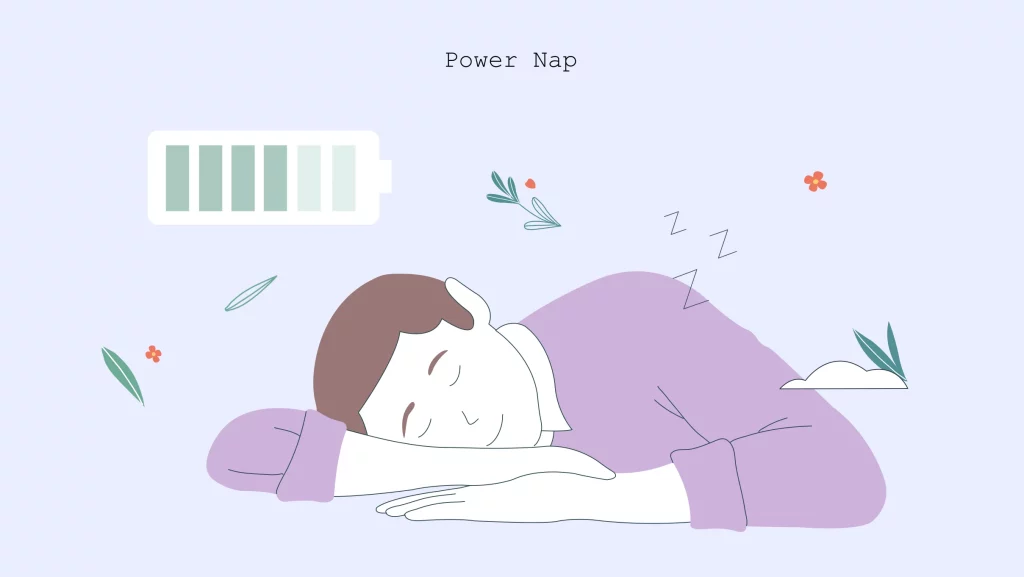Napping: Benefits and Types
Fact Checked
Up to date
Update: July 20, 2023
Share
Written by

Content Writer
Medical reviewed by

Pulmonologist & Sleep Expert

0
people like this article
Share
Written by

Content Writer
Bachelor's Degree in English Literature
7 years of experience as a content writer
Has experience writing for various industries, including health and wellness, travel, and technology
Medical reviewed by

Pulmonologist & Sleep Expert
14+ years of experience as a consultant with a keen interest in interventional pulmonology, critical care & Sleep medicine. His research articles have been published in various medical journals, both domestic and international.



